Conversation from Ecce Homo
Conversation from Ecce Homo i s an original offset lithograph, realized by George Grosz.
The artwork is the plate n. 69 from the porfolio Ecce Homo published between 1922/1923,edition of Der Malik-Verlag Berli.
Numbered on plate on lower margin.
Good conditions except for a yellowing of paper due to the time and some minor defects along the margin.
Conversation from Ecce Homo i s an original offset lithograph, realized by George Grosz.
The artwork is the plate n. 69 from the porfolio Ecce Homo published between 1922/1923,edition of Der Malik-Verlag Berli.
Numbered on plate on lower margin.
Good conditions except for a yellowing of paper due to the time and some minor defects along the margin.
Ecce homo is a selected compendium of 100 artworks (16 watercolors and 84 drawings) that Grosz realized from 1915 to 1922. The book is a real satire of post-war German life, with prostitutes, politicians, mutilated veterans,capitalists, and drunks in different states of despair, lust, and rage. The German government banned his artworks and Grosz was put on trial for public offense.
George Grosz (1893 -1959) was a German artist known especially for his caricatural drawings and paintings of Berlin life in the 1920s. He was a prominent member of the Berlin Dada and New Objectivity group during the Weimar Republic.
He studied drawing at the Dresden Academy 1909-11 and at the School of Arts and Crafts in Berlin 1912-14, He was in the army 1914-15 and again for a short time in 1917, but spent the rest of the war in Berlin where he made violently anti-war drawings, in which his main focus was attacking the social corruption of Germany (capitalists, prostitutes, the Prussian military caste, the middle class).
His artworks had great impact in the Berlin Dada movement 1917-20 and collaborated with John Heartfield and Raoul Hausmann in the invention of photomontage. Many of his drawings were published in albums (Gott mit uns, Ecce Homo, Der Spiesser-Spiegel etc.), and he was subject to prosecutions for insulting the army and blasphemy. Visited the USA in 1932 to teach at the Art Students League, New York, and settled there 1933. In the latter part of his career he tried to establish himself as a pure painter of landscapes and still life, but also painted many compositions of an apocalyptic and deeply pessimistic kind. His role in the Berlin Dada movement affected political outlooks and artistic developments not only in Germany, but also in Russia, the Balkan nations, and parts of France. Grosz's penetrating, darkly humorous style of drawing and his use of satire as a weapon left a deep impression on the work of his contemporaries and the artists of the next generation. Some of his works from the early 1940s, particularly during World War II, do present an allegorical and dramatic representation of Grosz's moral perspective regarding war. Additionally, some of his last pieces from 1958 were photomontages and hearken back to his earlier Dadaist aesthetic and message, passing judgment upon consumerism and suggesting that his absorption with American culture had ended in disappointment. In 1959, Grosz sold his house and moved back to Berlin. He died shortly after his return, after a fall down the stairs.



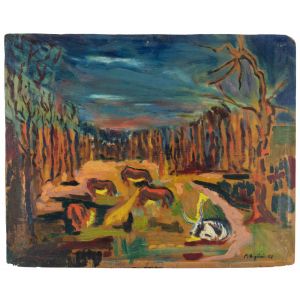
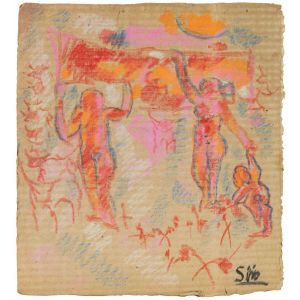
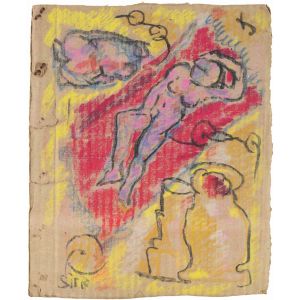
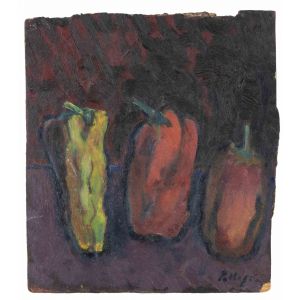
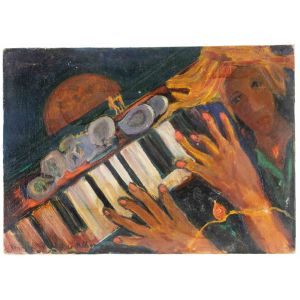
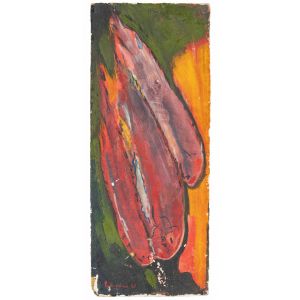
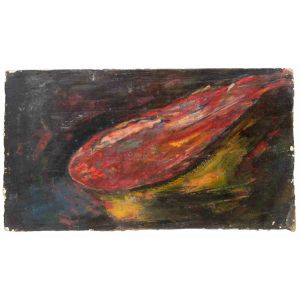
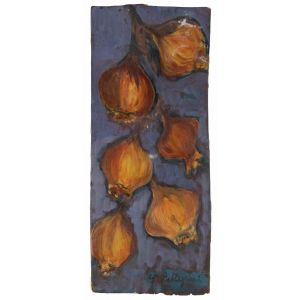
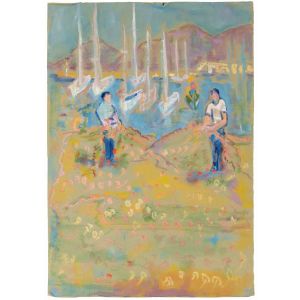
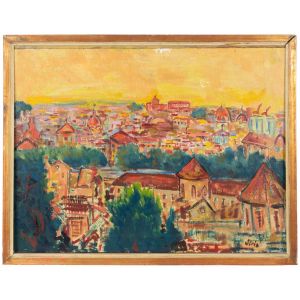
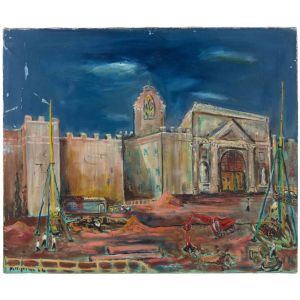
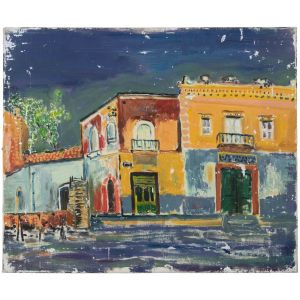
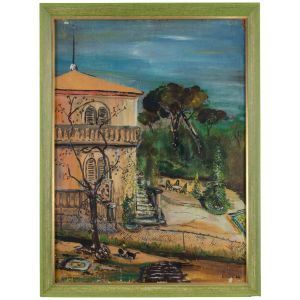

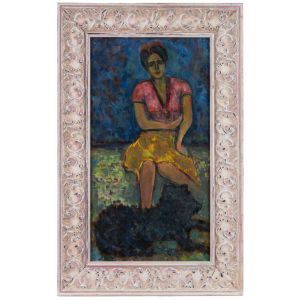
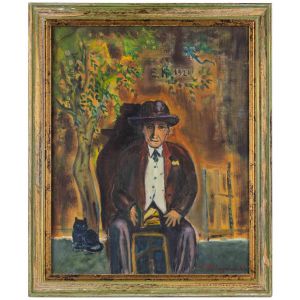

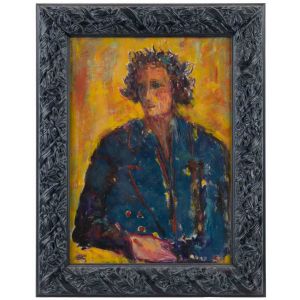
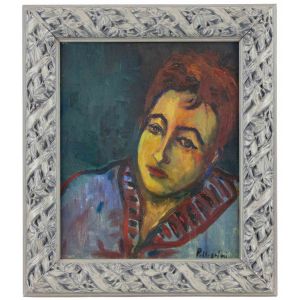
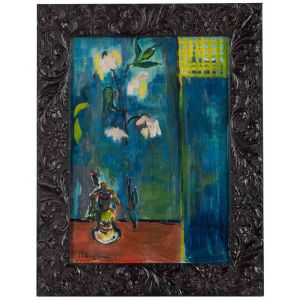


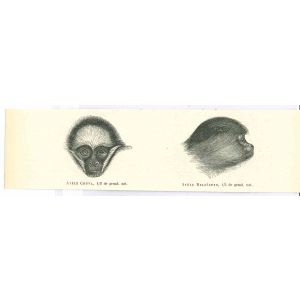




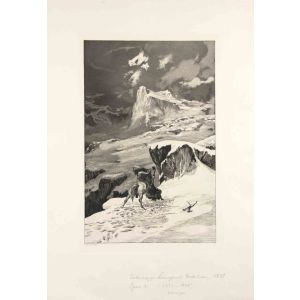
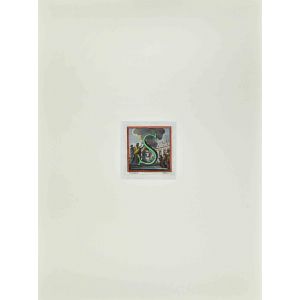











Validate your login
Sign In
Create New Account